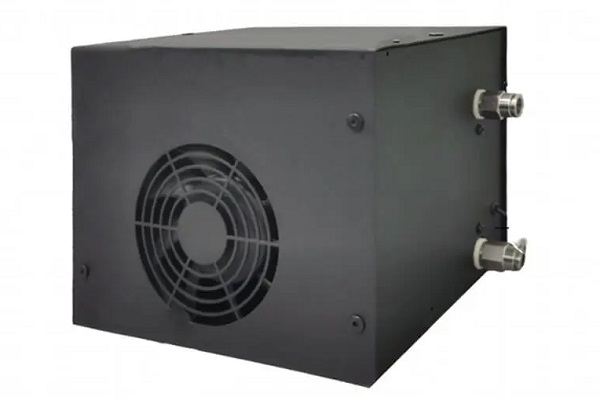
Electric forklift trucks powered by lead-acid batteries are known for their durability and reliability. Lead-acid batteries provide stable power output, ensuring efficient performance in lifting and transporting heavy loads. They are suitable for a wide range of applications, from warehouses to construction sites.
Electric forklift trucks powered by lead-acid batteries are known for their durability and reliability. Lead-acid batteries provide stable power output, ensuring efficient performance in lifting and transporting heavy loads. They are suitable for a wide range of applications, from warehouses to construction sites.
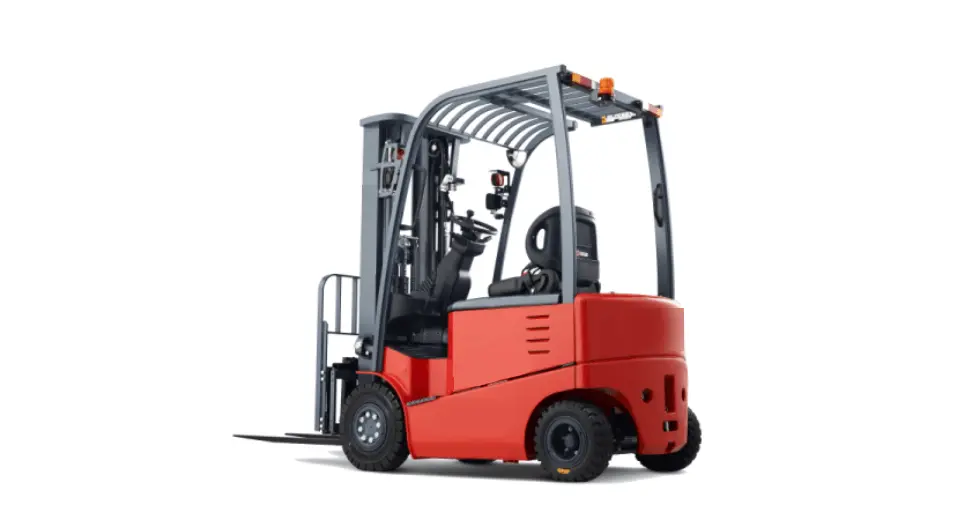
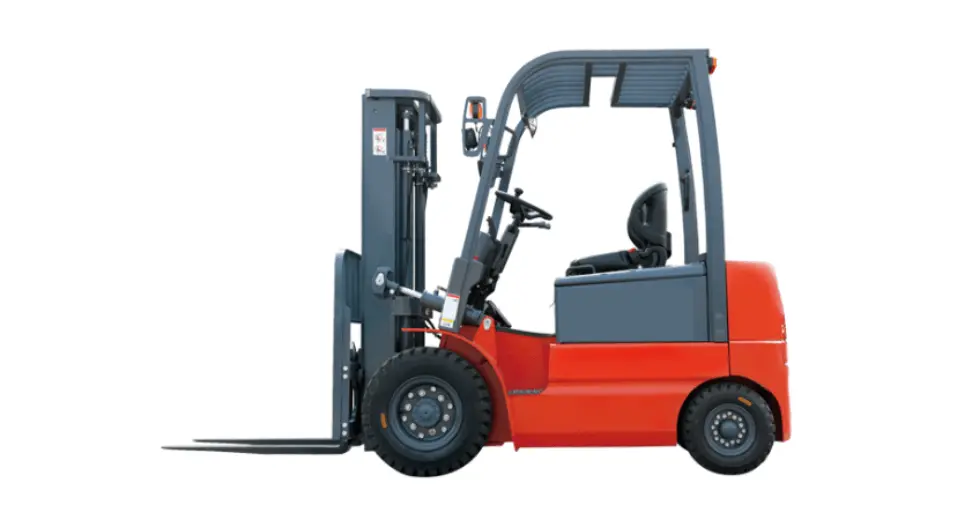
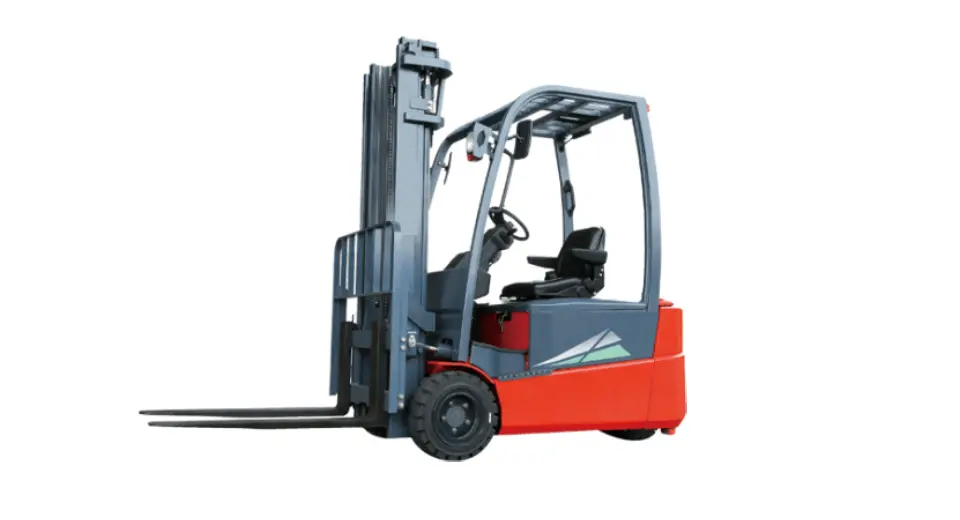
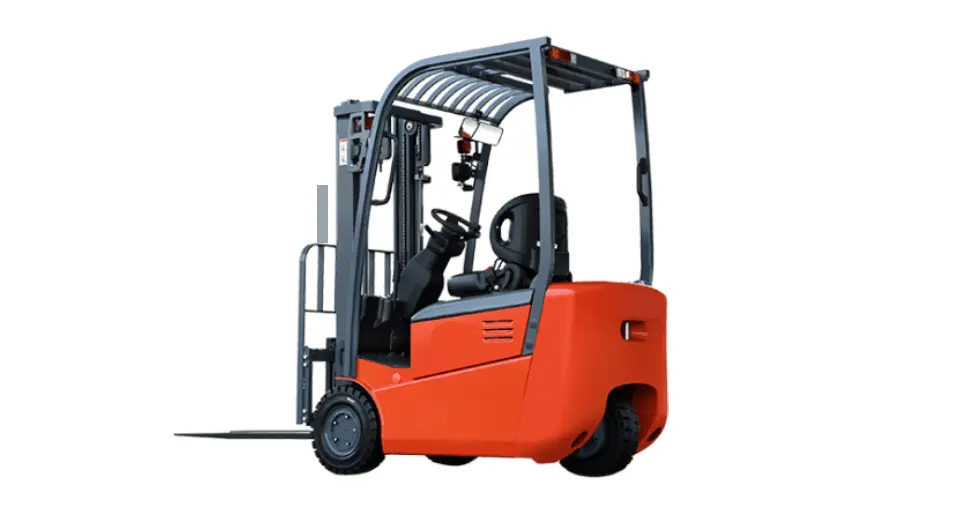
Zero emission. Low noise. Free of heavy metals. No corrosion. No acid mist volatilization.
Unnecessary of fluid adding and dust proofing. Daily maintenance free. Manual maintenance free.
Over 75% capacity reserved after 4000 shifts operation. Longer service life than lead-acid battery in equal working condition. 5 years or ten thousand hours quality guarantee for high performance.
2 hours charging meet 6-8 hours working demand. High-energy density, self-discharging rate lower than 1% per month, 95% energy conversion rate, superior charging and discharging performance. Flexible to charge, easy to operate, no impact on battery life. Unnecessary to change battery, cost saving.
Electric forklift trucks equipped with lead-acid batteries offer several advantages over fuel-powered forklifts. First, they are more environmentally friendly, as they produce zero emissions, making them suitable for indoor use and reducing the carbon footprint. Second, lead-acid battery forklifts are quieter during operation, improving the working environment, especially in noise-sensitive areas. Third, they require less maintenance since they have fewer moving parts than internal combustion engines. Lead-acid batteries are a proven and reliable technology, often more affordable compared to other battery types, and are widely available. Lastly, they offer energy efficiency, resulting in lower long-term operating costs compared to fuel-powered models.
To ensure cost-effectiveness when using electric forklift trucks with lead-acid batteries, several strategies can be applied. First, implementing proper battery maintenance, such as regular watering and charging cycles, can extend the lifespan of lead-acid batteries, reducing replacement costs. Second, utilizing opportunity charging—charging the battery during breaks or downtime—can help maximize forklift uptime without waiting for full recharges. Third, lead-acid batteries should be properly sized for the workload to prevent overuse or underperformance. Additionally, efficient fleet management and operator training can optimize energy use and extend the battery's life. Finally, companies can benefit from government incentives or rebates for using environmentally friendly electric forklifts, further enhancing the cost-effectiveness of lead-acid battery-powered forklifts.

